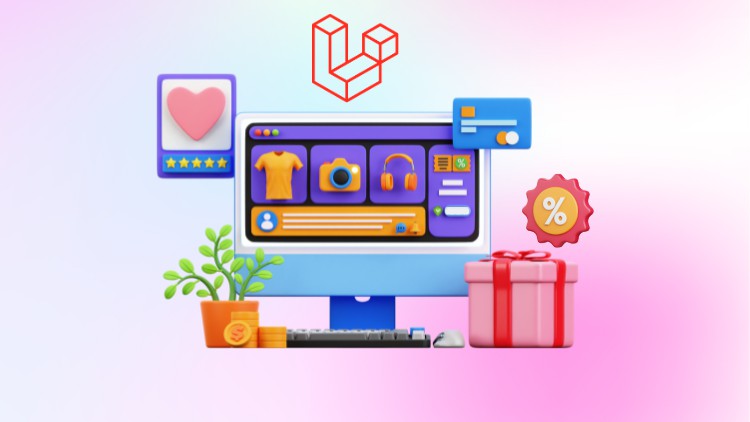Skip to content
Mastering Multi-Vendor Ecommerce: A Step-by-Step Guide to Building Your Platform with Laravel
Introduction:
- Briefly introduce the concept of multi-vendor ecommerce platforms.
- Highlight the importance of using a robust framework like Laravel for development.
- Mention the benefits of building a custom solution over using existing platforms.
- Set the stage for what readers can expect from the rest of the blog post.
- Understanding Multi-Vendor Ecommerce:
- Define what multi-vendor ecommerce entails.
- Discuss the advantages of multi-vendor platforms for both sellers and customers.
- Provide examples of successful multi-vendor ecommerce websites.
- Introduction to Laravel:
- Brief overview of Laravel as a PHP framework.
- Highlight key features and benefits of using Laravel for web development.
- Discuss why Laravel is well-suited for building complex applications like multi-vendor ecommerce platforms.
- Setting Up Your Development Environment:
- Guide readers through setting up their local development environment for Laravel.
- Discuss the requirements and tools needed, such as PHP, Composer, and a database server.
- Provide step-by-step instructions for installing Laravel and configuring the development environment.
- Planning Your Multi-Vendor Ecommerce Platform:
- Discuss the importance of thorough planning before starting development.
- Outline the essential features and functionality of a multi-vendor ecommerce platform.
- Encourage readers to create a detailed project plan and define user stories.
- Building the Foundation with Laravel:
- Explain how to create a new Laravel project and set up the basic structure.
- Guide readers through setting up authentication and user management.
- Discuss database design and modeling for multi-vendor functionality.
- Implementing Vendor Management:
- Explain how to create and manage vendor accounts.
- Discuss features such as vendor registration, profile management, and product listings.
- Demonstrate how to handle vendor verification and approval processes.
- Developing Product Management Features:
- Guide readers through implementing product management functionality.
- Discuss features such as adding/editing products, inventory management, and product categories.
- Explain how to handle product reviews and ratings.
- Implementing Shopping Cart and Checkout:
- Discuss how to integrate a shopping cart system into the platform.
- Guide readers through implementing the checkout process, including payment gateways.
- Discuss best practices for security and data protection during checkout.
- Enhancing User Experience with Advanced Features:
- Explore additional features to enhance the user experience, such as search functionality, product recommendations, and personalized user accounts.
- Discuss the importance of responsive design for multi-vendor ecommerce platforms.
- Provide tips for optimizing performance and scalability.
- Testing and Deployment:
- Discuss the importance of testing and quality assurance in software development.
- Provide guidance on writing tests for Laravel applications.
- Explain how to deploy the multi-vendor ecommerce platform to a production environment.
Conclusion:
- Summarize the key points covered in the blog post.
- Encourage readers to start building their own multi-vendor ecommerce platform using Laravel.
- Provide additional resources and further reading for those interested in diving deeper into Laravel development.

